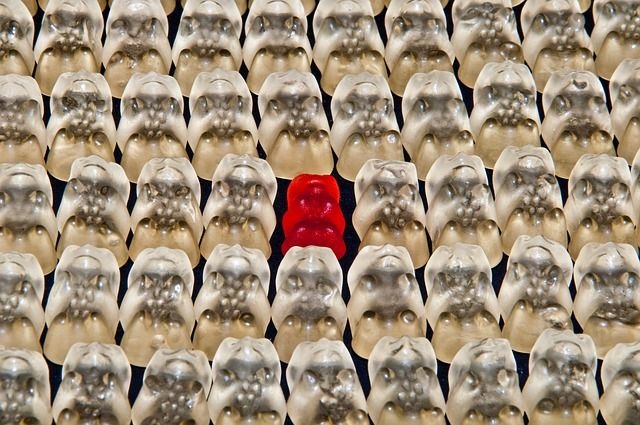Color Of Wine: Why Tint And Light Affect How We Perceive Flavor

To the layman, wine comes in three colors: Red, white, and for the more fancy of us, rosé. However, as revealed by winemaker David Munksgard in a recent segment on Science Friday, subtle differences in a wine’s tint can affect how our brain perceives its flavor, whether we realize it or not.
Munksgaard admitted that he adds a tiny bit of red wine to some of his sparkling blends to suggest to wine drinkers what the drink might taste like before they even take a sip, and he adjusts the colors of some of his other wines as well. According to Munksgaard, we can’t help but draw conclusions on what a wine will smell and taste like before we have a sip, based on nothing but how it looks.
However, Munksgaard isn’t the first winemaker to understand the subtle difference that color and even sound can have in wine flavor. For example, Dr. Charles Spence, a professor of Experimental Psychology at Oxford University, experimented with how these characteristics affected wine drinkers' overall experience, and found interesting results. For example, red lighting on its own brought out the fruitier notes of wine, while green lighting on its own brought out the wine’s freshness. A combination of red light and sweet music increased drinkers' enjoyment by as much as nine percent, while green light and sour music increased freshness, but reduced intensity by 14 percent, The Drinks Business reported.
“We knew an effect was likely, but the results went far beyond what we were hoping for,” Spence told The Drinks Business. “Conducting the world’s largest multisensory experiment meant that we were able to unequivocally show, for the first time, that colour and sound together have a far greater effect on people’s taste perceptions than light by itself.”
It’s not just wine’s taste which is affected by color. Anyone remember Heinz’s fail at making purple ketchup? Most of us look at our food before eating, and as we do this, our eyes send signals to our brain before our taste buds actually taste the food. According to Konica Minolta, this can determine how we will perceive the taste and flavor of what we're about to eat.
For example in one experiment, volunteers were told that steak had been dyed blue and french fries had been dyed green, when in reality the colors were just a lighting illusion. The food was actually its ordinary hue and flavor. Nonetheless, many of the volunteers reported feeling ill after eating what they believed to be strange-colored food, PBS reported.
Read More:
The Food Industry Has Changed How Our Taste Buds Work: Read Here
The Science Of Taste Buds: 6 Things Than Can Please Your Palate Or Put It Off: Read Here
Published by Medicaldaily.com



























